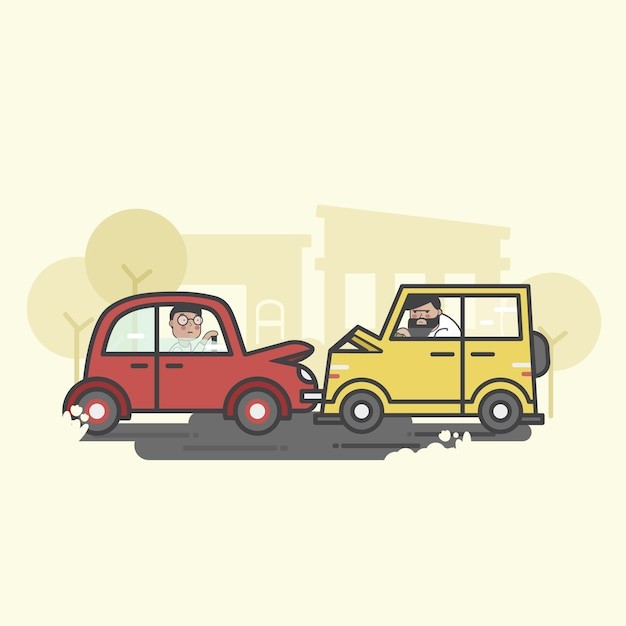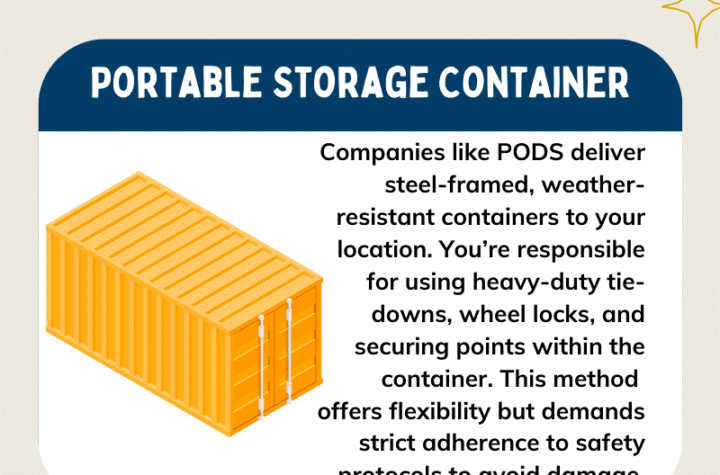
imagesource
Brake checking refers to a driving behavior where a driver deliberately slams on their brakes to provoke a reaction from the driver behind them. Some drivers do it out of frustration; others may use it as a means of intimidation or retaliation.
Regardless of the motive, brake checking is extremely dangerous. Cases of car accidents caused by brake checking are not uncommon, especially if the driver behind doesn’t have enough space or time to react.
Why Do People Brake Check?
There are several reasons why drivers engage in brake checking, even though it’s illegal and dangerous.
Road Rage
Road rage is one of the most common triggers for brake checking. When a driver feels frustrated or provoked, they might react impulsively by slamming on their brakes in an attempt to teach a lesson to the tailgating driver.
Insurance Fraud
In some cases, brake checking is used in fraudulent crash-for-cash schemes. Here, a driver deliberately causes a collision by brake-checking the vehicle behind them and then files an insurance claim for damages.
This illegal tactic not only puts innocent drivers at risk but also drives up insurance premiums for everyone.
Traffic Manipulation
Some drivers use brake checking as a way to manipulate traffic flow. If a driver feels another vehicle is following too closely or trying to pass them, they might brake check as a way of asserting dominance on the road. Again, this reckless behavior has the potential to cause severe accidents.
Defensive Tactics
In some rare cases, brake checking can happen when a driver feels they are in danger and decides to react quickly to protect themselves, even though this can cause more harm than good.
How to Avoid Brake-Checking Accidents
These tips can help you stay safe and protect yourself from reckless drivers.
Maintain a Safe Following Distance
One of the simplest yet most effective ways to avoid brake-checking accidents is to maintain a safe following distance. The general rule is to keep a two-second gap between you and the car in front. This gives you enough time to react if the driver ahead slams on their brakes or makes an unexpected move.
In adverse weather conditions, such as rain or fog, increase the following distance to four seconds. This extra space ensures you can safely react to any situation, even if the driver ahead hits the brakes suddenly.
Stay Calm and Focused
If someone brake checks you, it’s essential to stay calm and avoid reacting emotionally. Brake checking can be incredibly frustrating, but reacting with aggression or road rage will only escalate the situation. Stay composed, focus on your driving, and give yourself enough space to avoid a collision.
Use Defensive Driving Techniques
Defensive driving involves staying alert and anticipating potential hazards. Scan the road ahead and look for signs of erratic driving or aggressive behavior.
If you notice a driver in front of you behaving recklessly, such as slowing down unexpectedly or swerving between lanes, prepare to react by keeping a safe distance and be ready to brake smoothly.
By being proactive and aware of your surroundings, you can reduce the likelihood of being caught off guard by a brake check.
Avoid Engaging with Aggressive Drivers
If you find yourself behind a driver who is clearly engaging in aggressive behavior, avoid getting involved in a confrontation. Do not tailgate, speed up to pass them, or engage in any kind of retaliatory action.
Instead, focus on maintaining your own safety. If the situation feels dangerous, pull over to a safe location and call the authorities.
Use Technology to Your Advantage
Modern vehicles are equipped with advanced driver assistance systems (ADAS) that can help prevent brake-checking accidents.
Features like adaptive cruise control, forward collision warning, and automatic emergency braking can help maintain a safe distance and alert you to potential hazards.














More Stories
How Does Motorcycle Transport Work? Costs, Methods & Companies
The Most Reliable Cars of the Last Decade
What Should I Know When Engaging in Cryptocurrency API Trading?